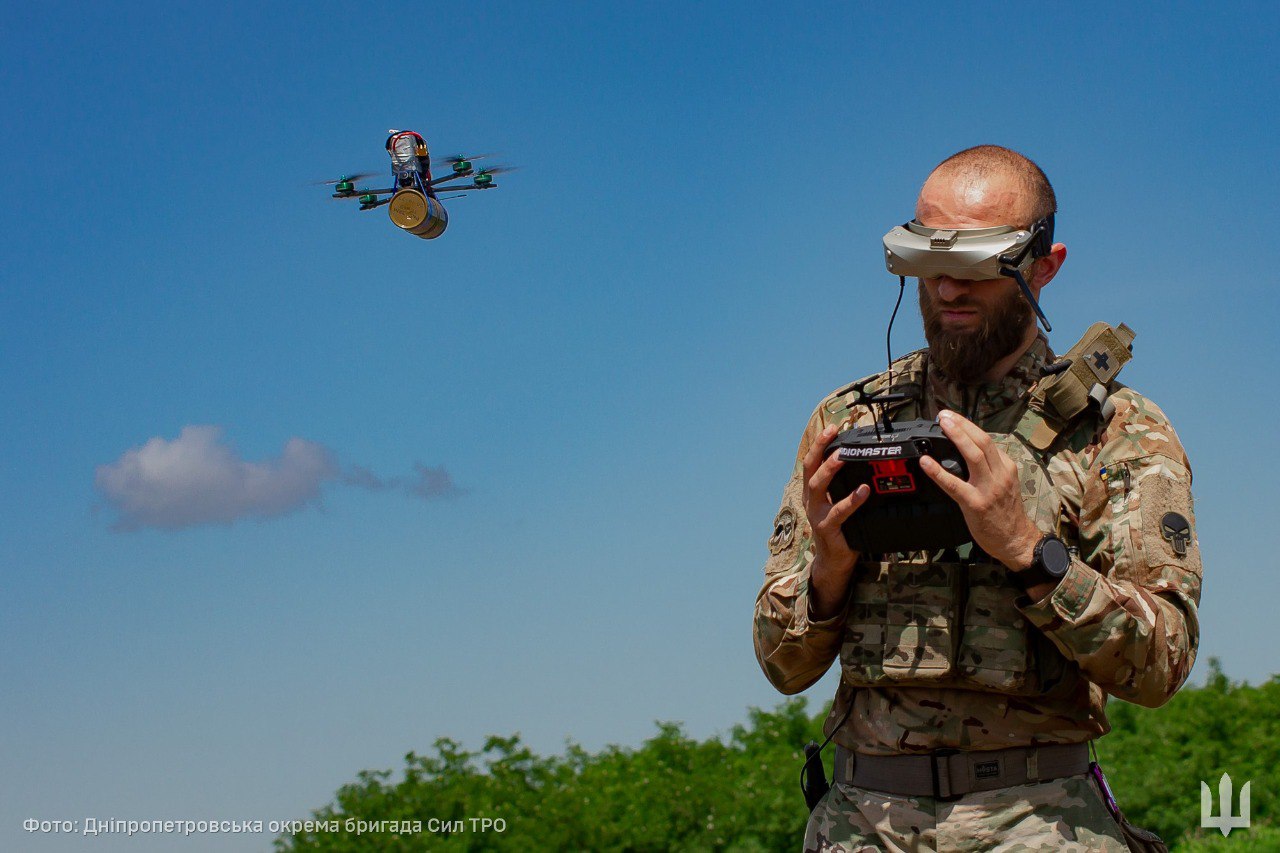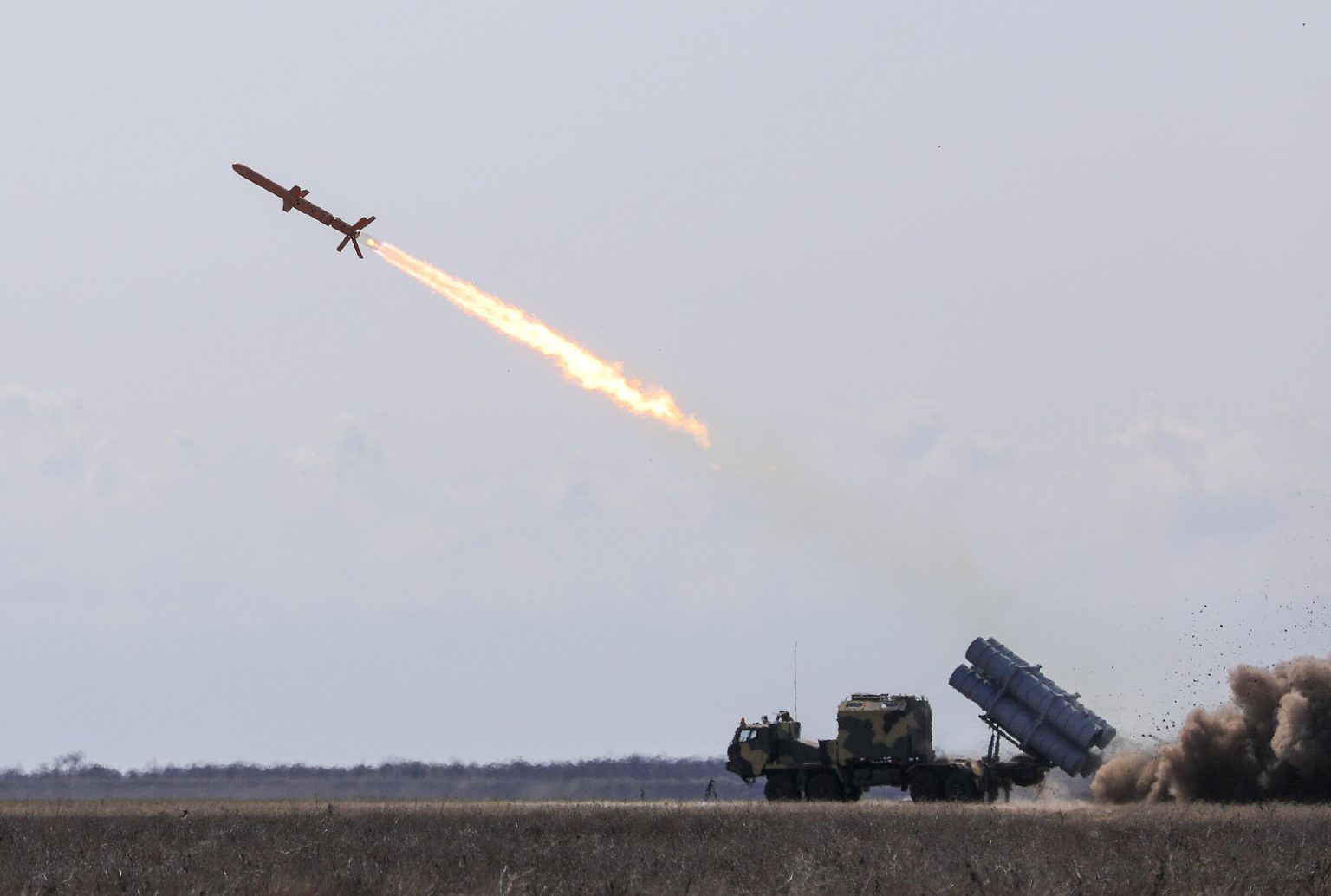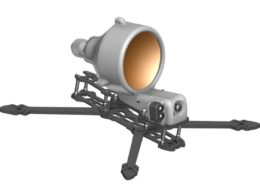Ukraine has significantly increased its use of first-person view (FPV) drones against Russian forces in recent months, with video evidence clearly showing their growing role on the battlefield. According to estimates, Ukraine increased its use of FPV kamikaze drones in combat by at least 25 times between February and September 2023.
But these drones emerged out of necessity, especially considering the high cost of alternatives like the Mavic drones, Viktor Taran, head of the FPV drone training center “Kurk,” told Defense Express.
"FPV drones started being used not from a good life. Yes, they are cheap, you can make a large number in a short time, but when we talk about 'cheap' - it still starts from $600-700 if you want decent quality," Taran said. The best drones are priced around $1000, which is still only half the cost of a Mavic.
Taran cautioned against exaggerating the firepower of FPV drones, noting the combat payload of an FPV drone is only around 1kg.
"Directly comparing an FPV drone and an anti-tank missile, it is many times more difficult to disable a tank with a kamikaze drone than with an anti-tank rocket," Taran explained.
While possible to hit a hatch, this is not common, requiring many factors to effectively strike a tank with an FPV drone. They are better suited for attacking personnel and artillery positions, taking out firing points, and so on. Stories of FPV drones eliminating targets like the Solntsepek are unique cases of perfect conditions, Taran said.
https://twitter.com/euromaidanpress/status/1709283928614257037?s=46&t=VjCkks-WV0SVxGp8DlNO_A
However, FPV drones are slightly more resistant to electronic warfare systems. They provide the ability to adjust control and video transmission frequencies over a wider range and can switch to analog video transmission instead of digital, granting them an edge in flexibility over civilian quadcopters.
Russia appears unable to match Ukraine's rapid adoption of small first-person view drones for tactical strikes on the battlefield.
In February 2023, there were roughly ten documented cases of Ukraine's FPV drone usage resulting in successful hits on enemy targets. By April 2023, this number rose to around 50; by July, it surpassed 100 cases. By September 2023, the count exceeded 250.
Meanwhile, Russian troops only reported about 50 such cases by June 2023, and this tally increased to an estimated 75 by the end of September 2023. This data suggests that in the previous month, Ukrainian military forces utilized FPV drones at least three times as frequently as the Russians did.
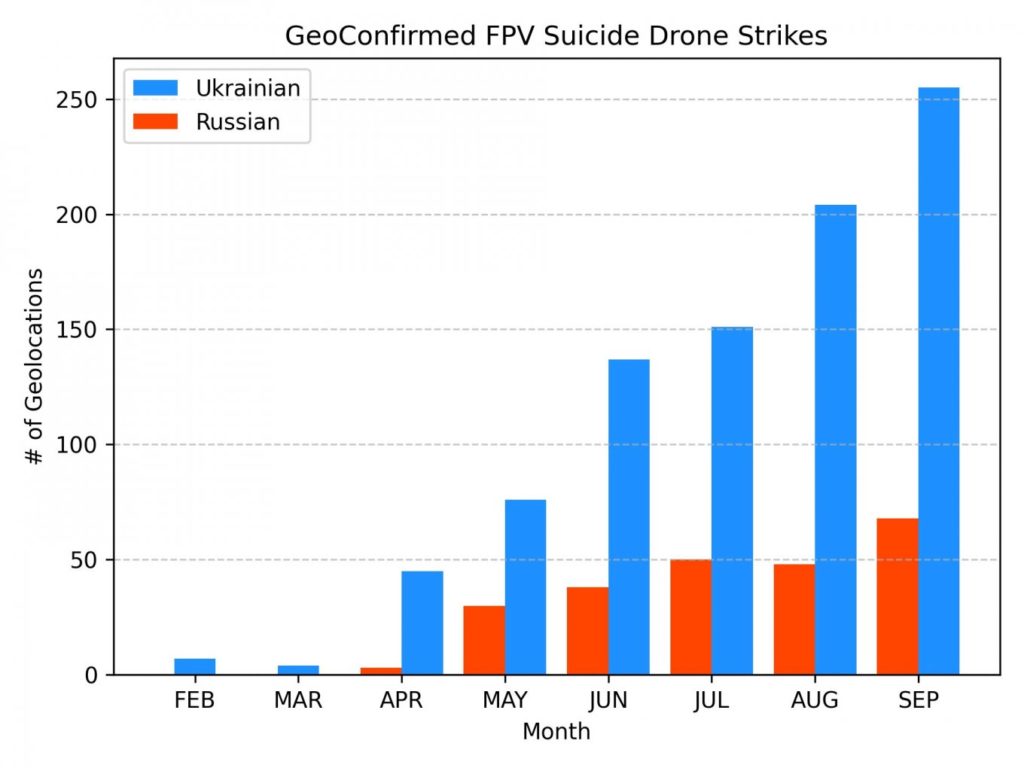
OSINT analyst of GeoConfirmed made this assessment based on his own count, they stated on Twitter. They estimate FPV kamikaze drones accounted for around 20-25% of total Ukrainian UAV use against Russia in 2023; around 10% involved UAVs with munitions, and the rest were other UAVs.
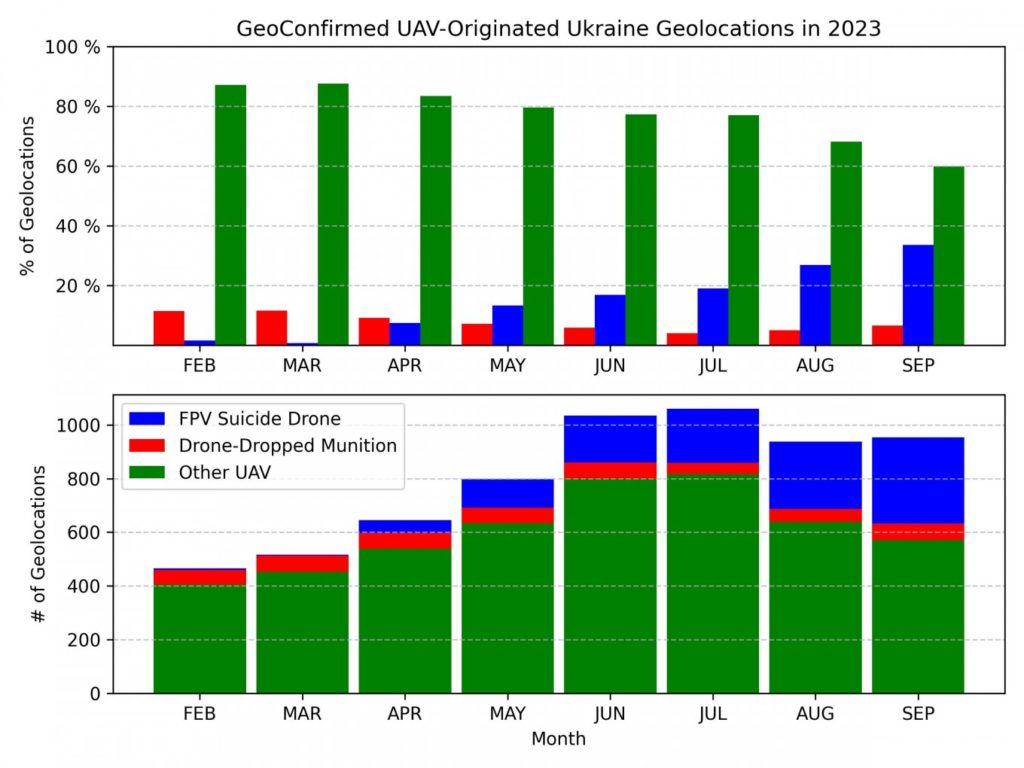
These numbers may seem unconvincing, as some Ukrainian soldiers report Russia trying to match or exceed Ukraine's FPV drone use. A hypothesis is that, like with Lancet drones, Russia concentrates FPV drones in specialist army units or specially formed groups in infantry and motor rifle units for localized impact.
Overall, FPV drones emerged as a new weapon for Ukrainian forces, providing constant strikes against Russian personnel and equipment. Daily vivid videos demonstrate their effectiveness. But properly training operators is crucial for frontline deployment.
Ukraine develops autonomous FPV drones: photos
"In general, preparing an FPV drone operator takes 1-1.5 months if we talk about proper, high-quality training," Taran said. This includes not only flight practice but field training, tactics, camouflage, survival, and more.
Quality training enables operators to utilize drones in combat effectively. Taran's center has trained over 60 FPV operators for Ukraine's Armed Forces, Defense Express reported. Proper preparation can mean the difference between success and failure on the battlefield.
Ukraine's ingenuity and Russia's brute force are colliding. As the war grinds on, FPV drones have become a symbol of warfare, adding punch to Ukraine's fight while adapting to counter Russia's defenses. These small drones pack an outsized impact, heralding a new era of warfare.
Read also:
- Ukraine’s “Army of drones” hands over 1,700 drones to the frontline
- How Ukraine’s scrappy marine drones are revolutionizing naval warfare
- Ukraine spymaster: Even 30% of naval drones that reach targets problem for Russia
- Ukraine starts production of 500 km range drones

